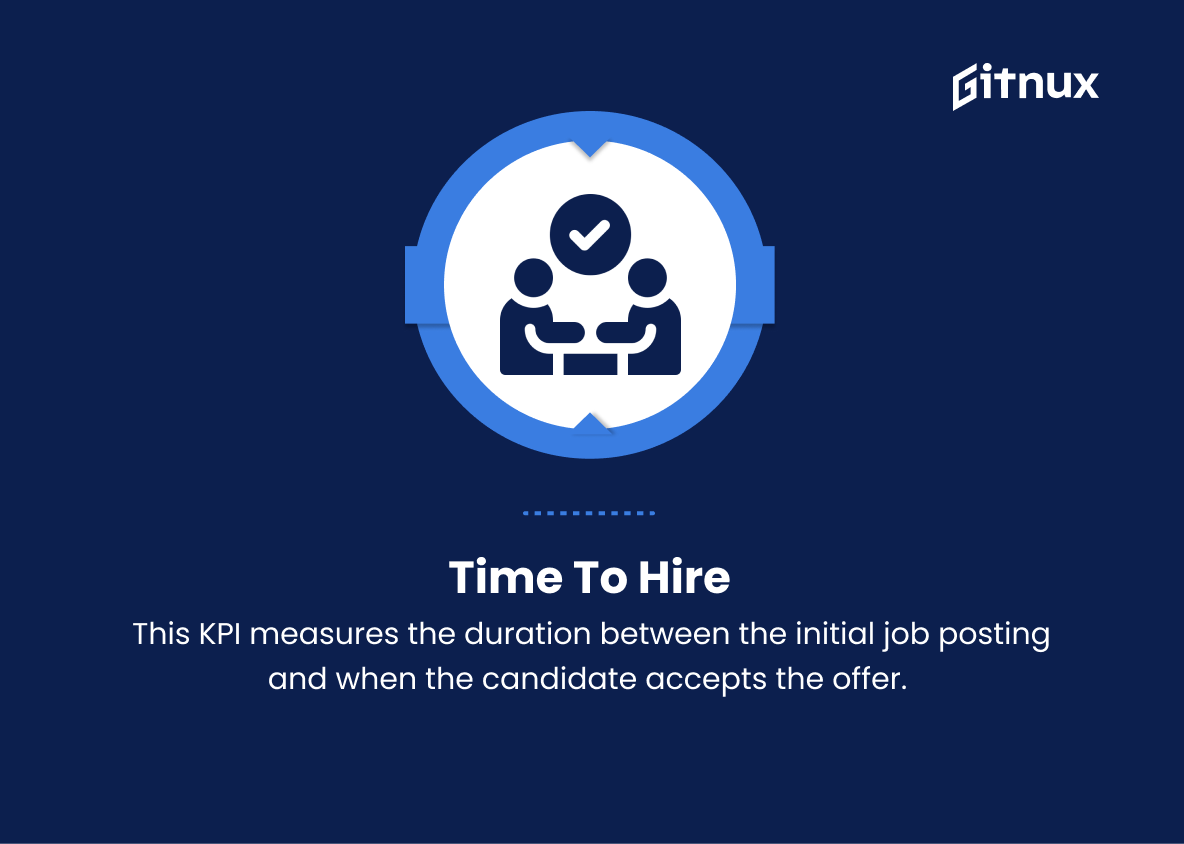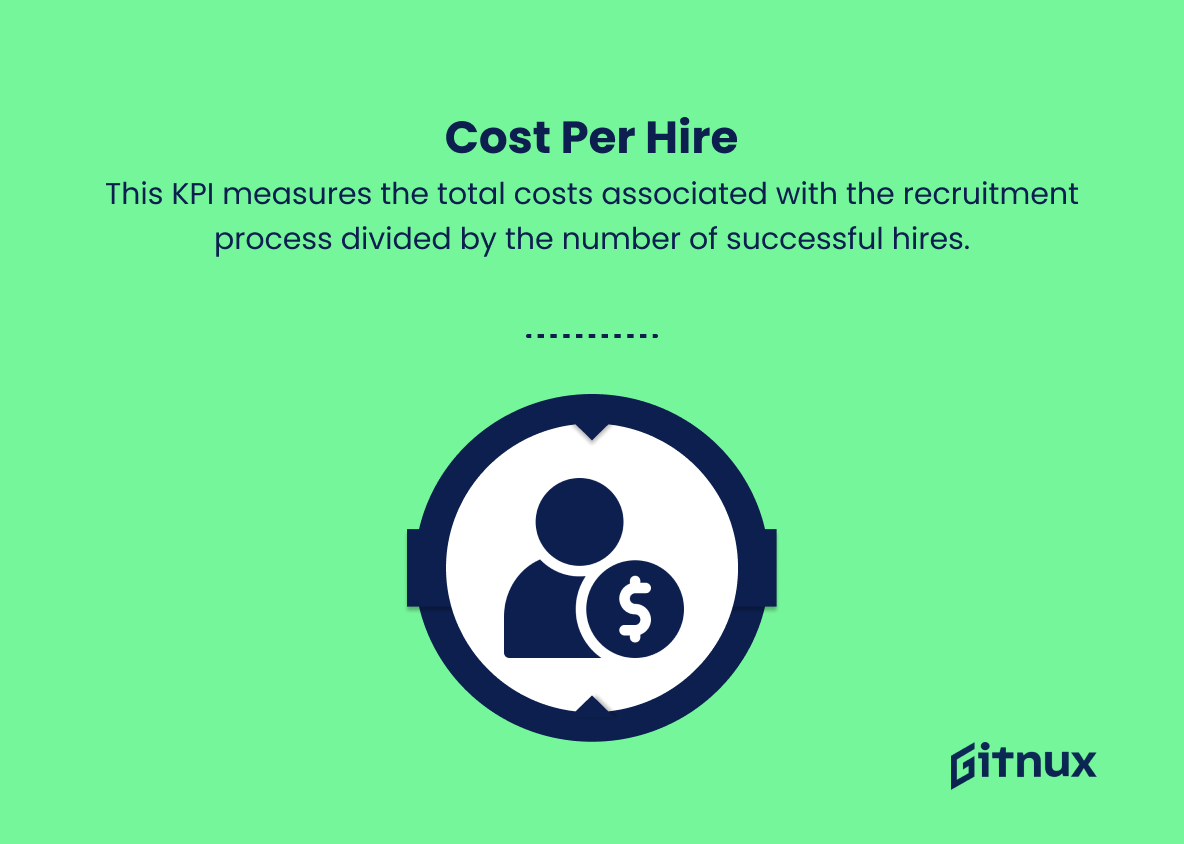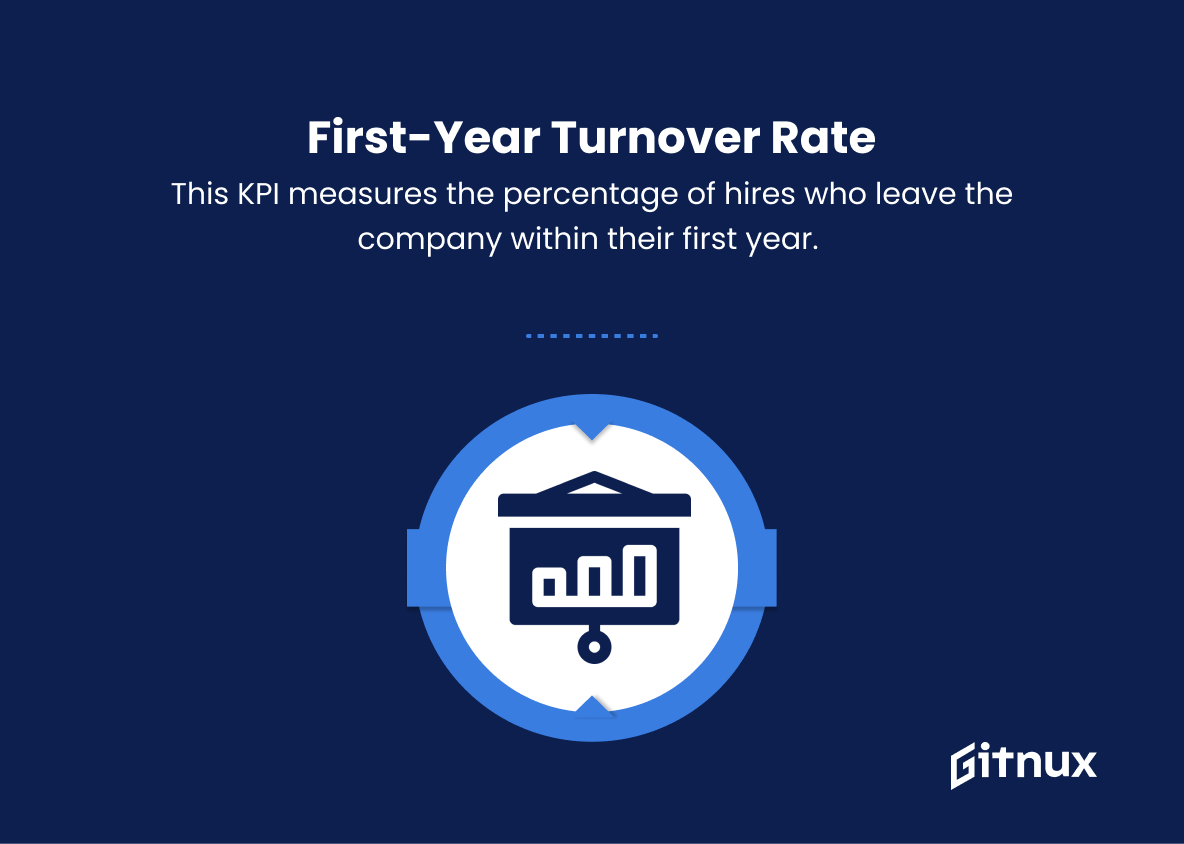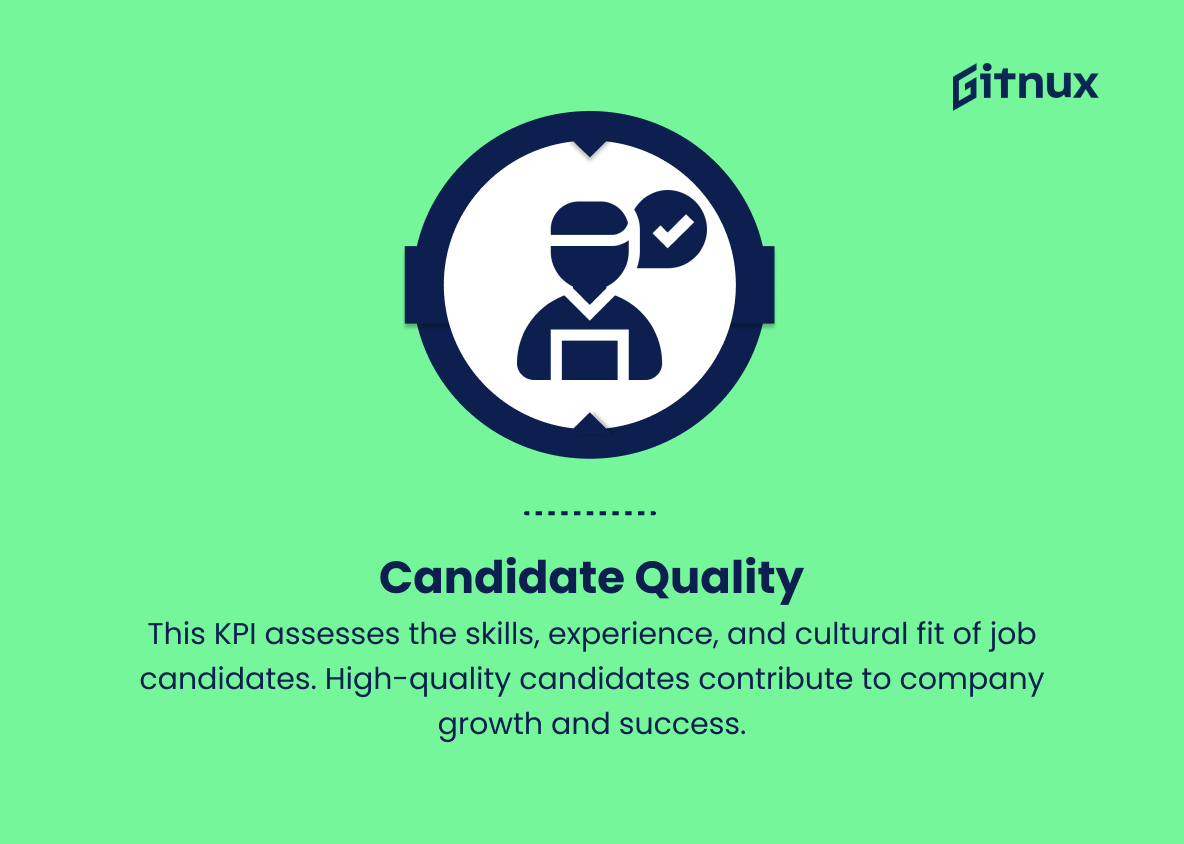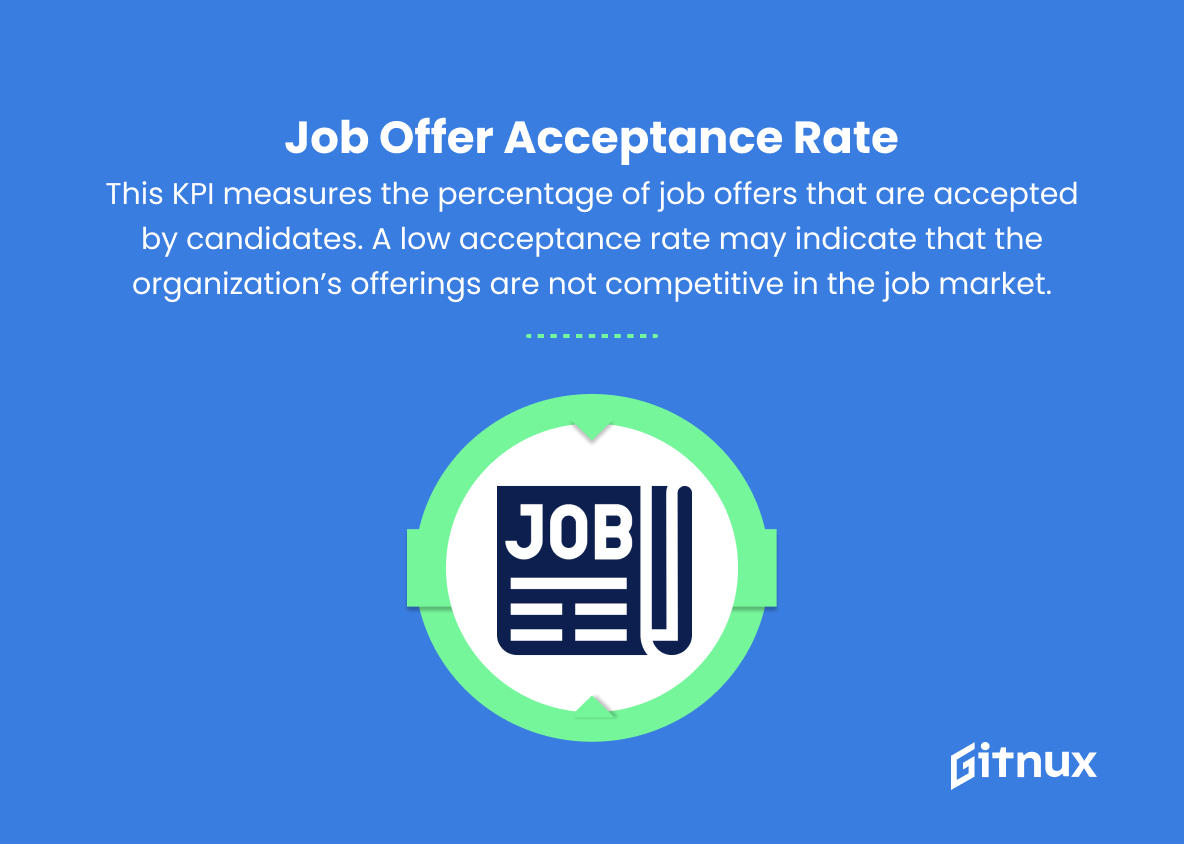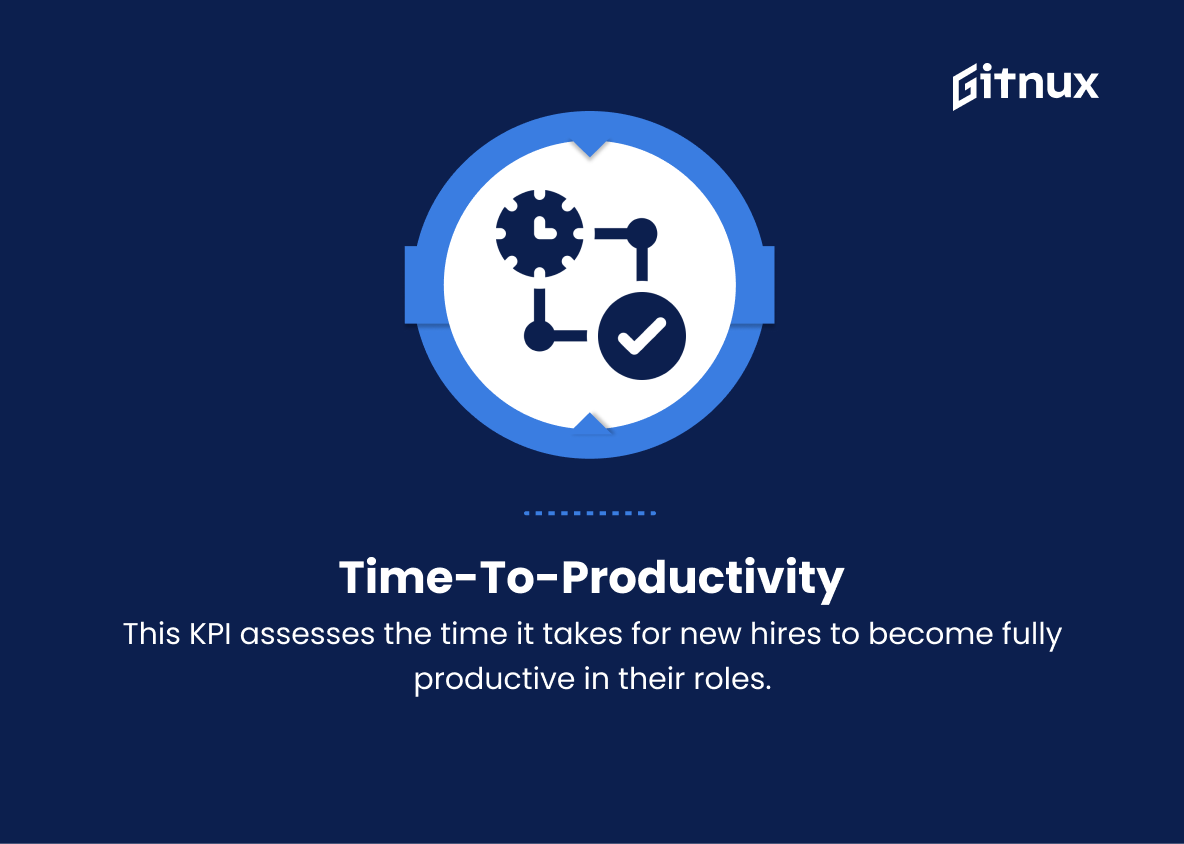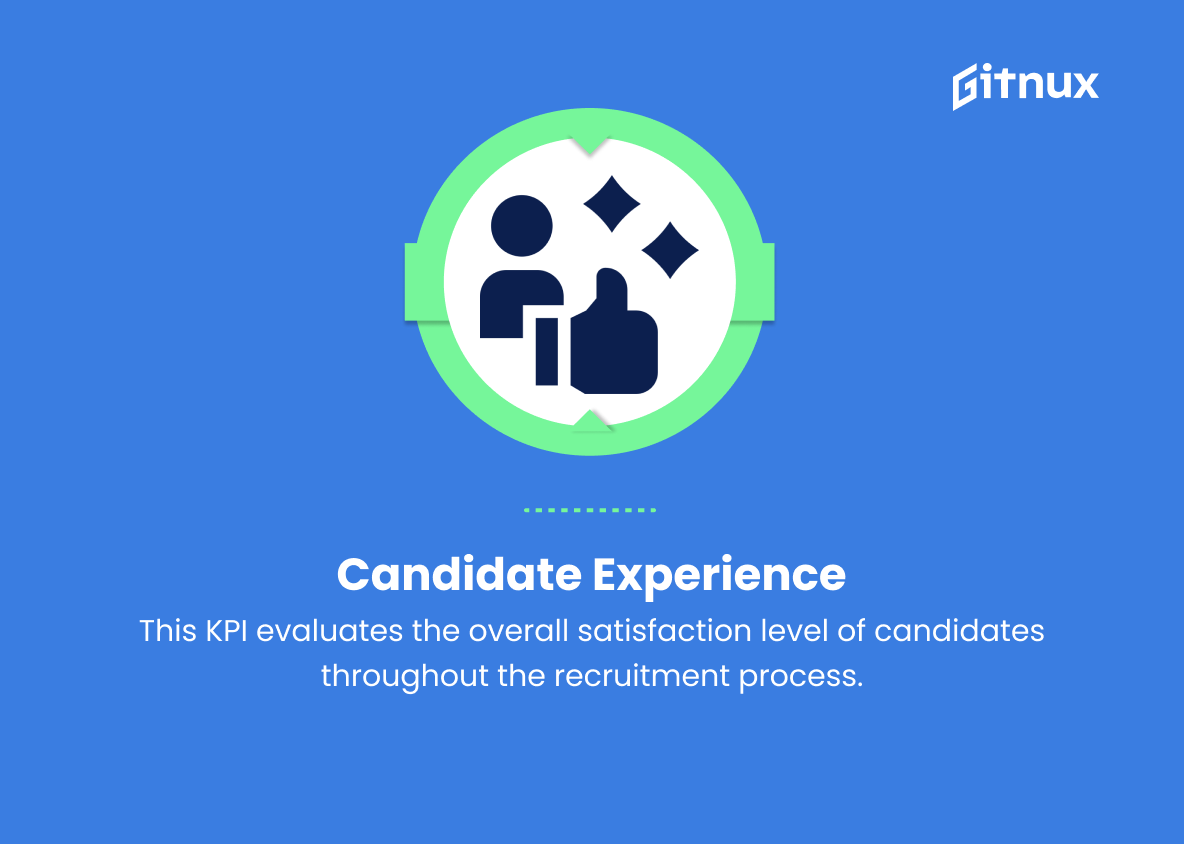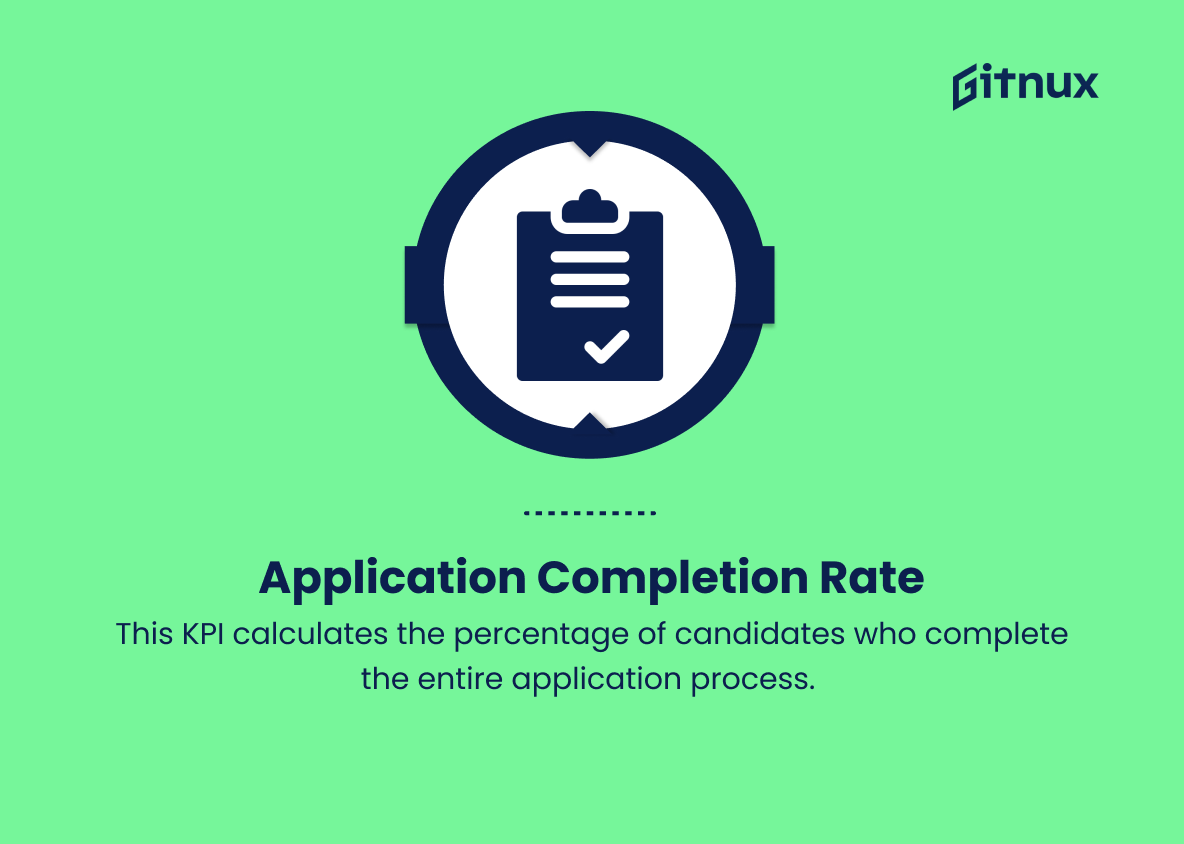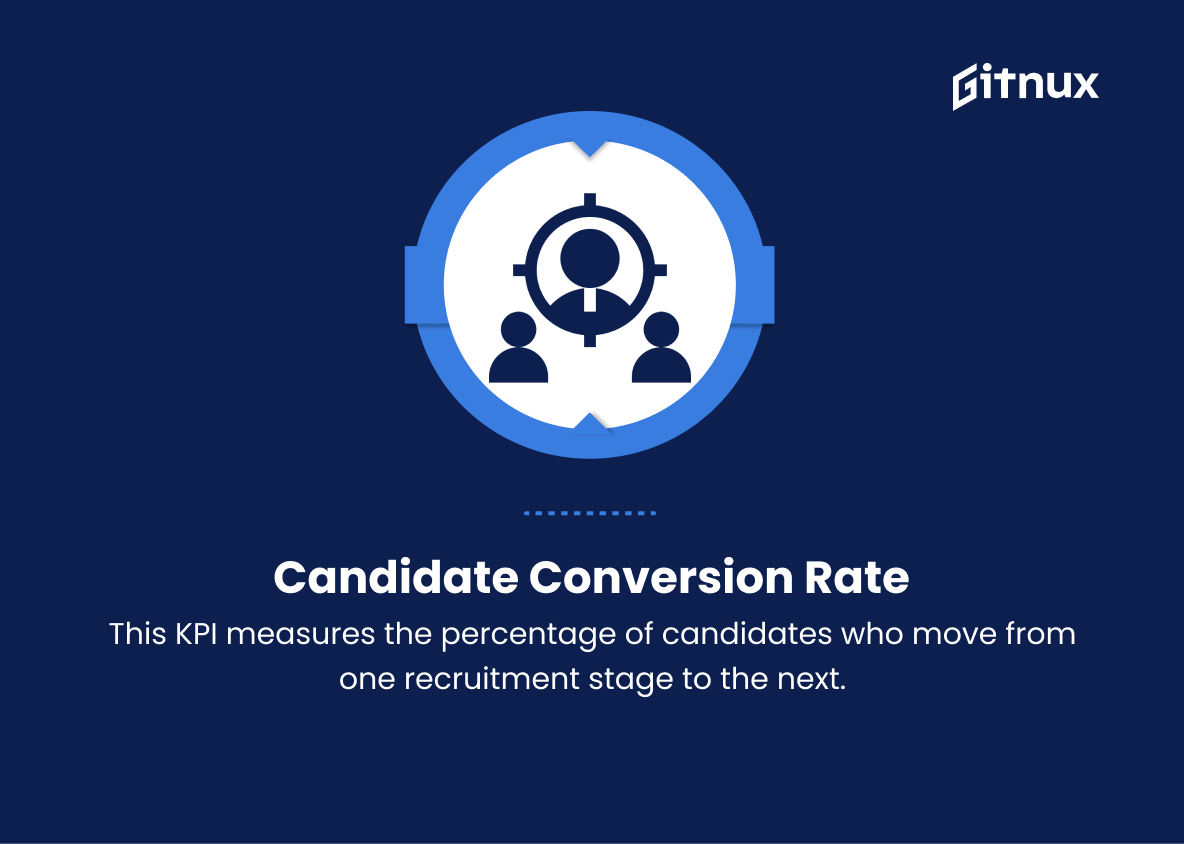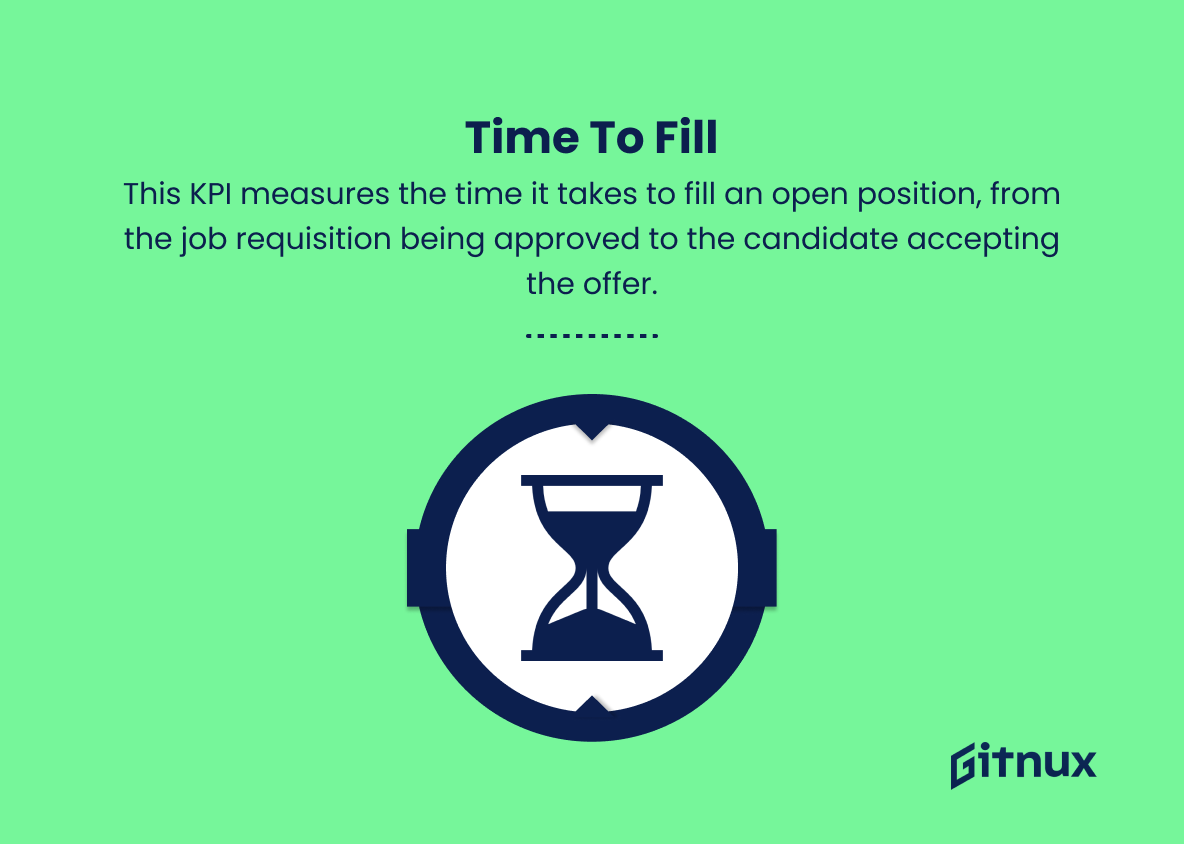In today’s competitive job market, hiring the right talent can be a daunting task, making recruitment a critical aspect of any organization’s success. As the face of the employment landscape continues to evolve, the need to measure and optimize recruitment strategies has become even more critical. This is where Recruitment Key Performance Indicators (KPIs) play a pivotal role, providing valuable data-driven insights to improve the efficiency, effectiveness and overall performance of the hiring process.
In this blog post, we will take a deep dive into the world of recruitment KPIs, examining their importance, exploring the most relevant metrics to monitor, and understanding how to use these indicators to improve decision-making and increase your organization’s recruitment success. So whether you’re an HR professional, a hiring manager, or a recruiter looking for a competitive edge, join us as we uncover the secrets to unlocking recruiting excellence through the power of KPIs.
Recruitment KPIs You Should Know
1. Time to Hire
This KPI measures the duration between the initial job posting and when the candidate accepts the offer. A shorter time to hire indicates a more efficient recruitment process.
2. Cost per Hire
This KPI measures the total costs associated with the recruitment process divided by the number of successful hires. It includes advertising costs, recruiter fees, and internal resources used.
3. Source of Hire
This KPI tracks the origin of successful hires, whether from job boards, professional networks, social media, or internal referrals.
In today’s competitive job market, hiring the right talent can be a daunting task, making recruitment a critical aspect of the success of any organization.4. First-year Turnover Rate
This KPI measures the percentage of hires who leave the company within their first year. High turnover rates may indicate issues with the recruitment or onboarding processes.
5. Candidate Quality
This KPI assesses the skills, experience, and cultural fit of job candidates. High-quality candidates contribute to company growth and success.
6. Job Offer Acceptance Rate
This KPI measures the percentage of job offers that are accepted by candidates. A low acceptance rate may indicate that the organization’s offerings are not competitive in the job market.
7. Time-to-Productivity
This KPI assesses the time it takes for new hires to become fully productive in their roles. Shorter time-to-productivity indicates an effective onboarding process and successful candidate selection.
8. Vacancy Rate
This KPI measures the percentage of open positions in a company compared to the total positions available. A high vacancy rate may indicate recruitment inefficiencies or a shortage of qualified candidates.
9. Candidate Experience
This KPI evaluates the overall satisfaction level of candidates throughout the recruitment process. A positive candidate experience can result in attracting top talent and enhancing the company’s reputation.
10. Employee Referral Rate
This KPI measures the percentage of employees who were referred to the company by existing employees. High referral rates indicate a satisfied workforce and the effectiveness of referral programs.
11. Application Completion Rate
This KPI calculates the percentage of candidates who complete the entire application process. A low rate may signify that the application process is too complicated or lengthy.
12. Interview-to-Offer Ratio
This KPI measures the number of interviews conducted per successful job offer. A low ratio indicates a highly targeted and efficient interview process.
An efficient recruitment process not only saves time and resources but also has a direct impact on employee satisfaction, engagement, and retention levels.13. Candidate Conversion Rate
This KPI measures the percentage of candidates who move from one recruitment stage to the next. A high conversion rate indicates that the company is successfully engaging and progressing candidates through the hiring process.
14. Time to Fill
This KPI measures the time it takes to fill an open position, from the job requisition being approved to the candidate accepting the offer. A short time to fill indicates a well-managed recruitment process.
Recruitment KPIs Explained
Recruitment KPIs such as Time to Hire, Cost per Hire, Source of Hire, First Year Turnover Rate, Candidate Quality, Job Offer Acceptance Rate, Time to Productivity, Vacancy Rate, Candidate Experience, Employee Referral Rate, Application Completion Rate, Interview to Offer Ratio, Candidate Conversion Rate, and Time to Fill are critical to assessing the efficiency, effectiveness, and overall success of an organization’s recruitment process.
These metrics help identify potential problems and opportunities for improvement, and ensure the selection of the best talent that can contribute to the company’s growth and success. An efficient recruitment process not only saves time and resources, but also has a direct impact on employee satisfaction, engagement, and retention. Monitoring and analyzing these KPIs can help organizations continuously improve their recruitment strategies, become more competitive in the job market, and foster a more productive and satisfied workforce.
Conclusion
In summary, recruiting KPIs are critical metrics for organizations to evaluate and optimize their recruiting process. These KPIs not only provide valuable insight into the efficiency and effectiveness of the hiring strategy, but also enable recruiters to identify areas for improvement, reduce time-to-fill, enhance the candidate experience, and ultimately hire top performing talent.
By carefully monitoring and leveraging these KPIs, organizations can make data-driven decisions to maintain their competitive advantage in today’s fast-paced and ever-evolving business landscape. So move forward with a focused approach to recruiting and watch your company’s talent pool and successes grow.
